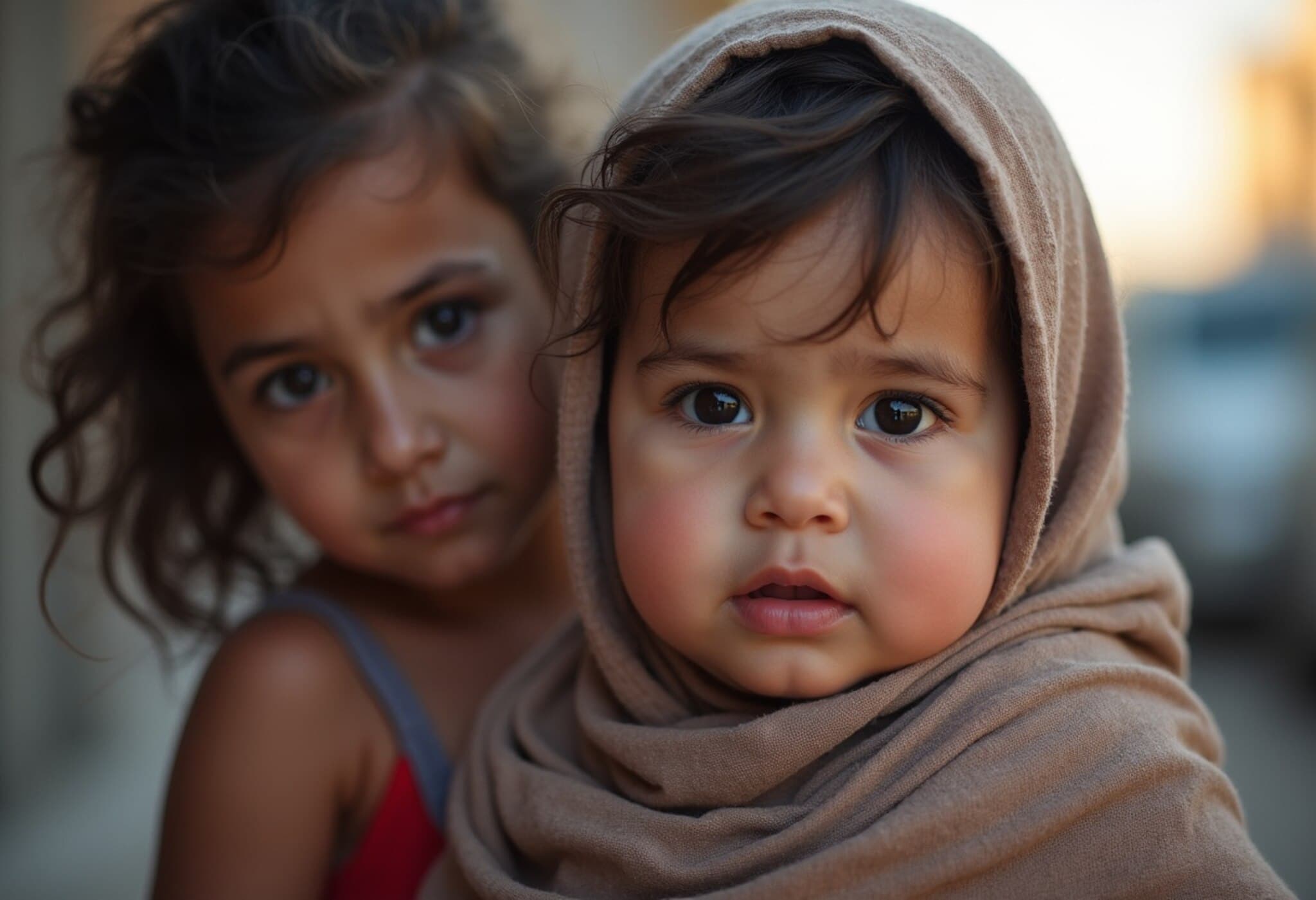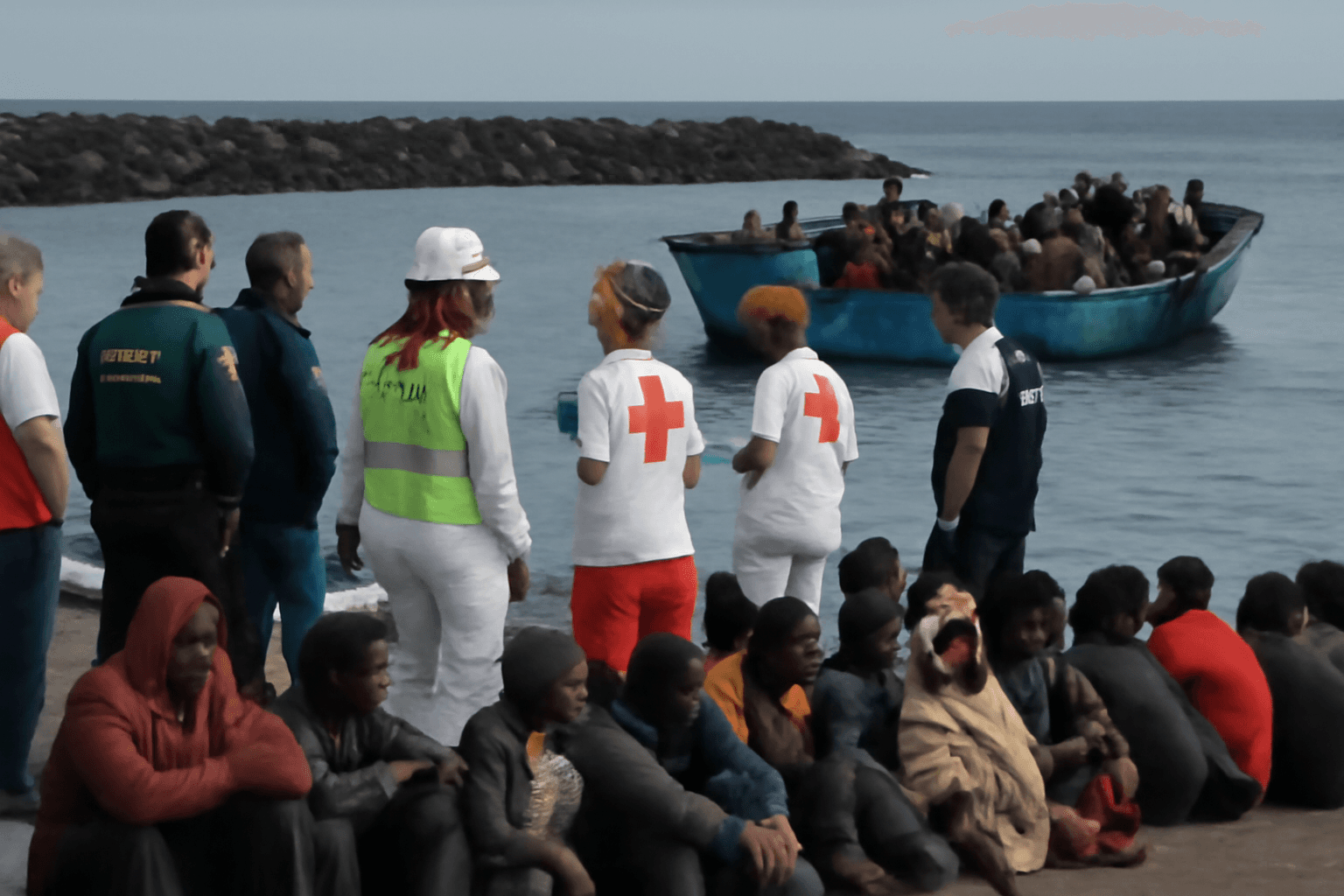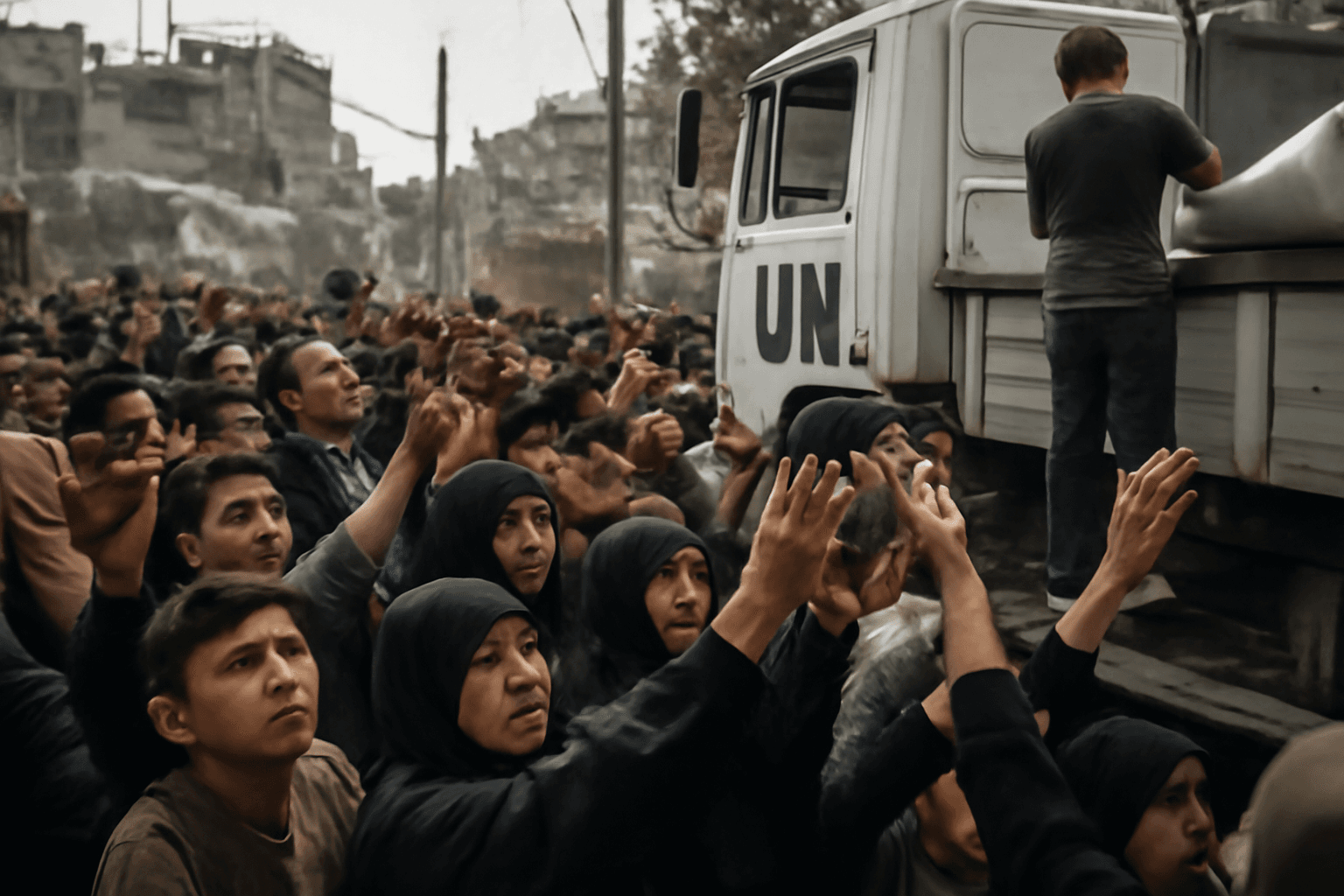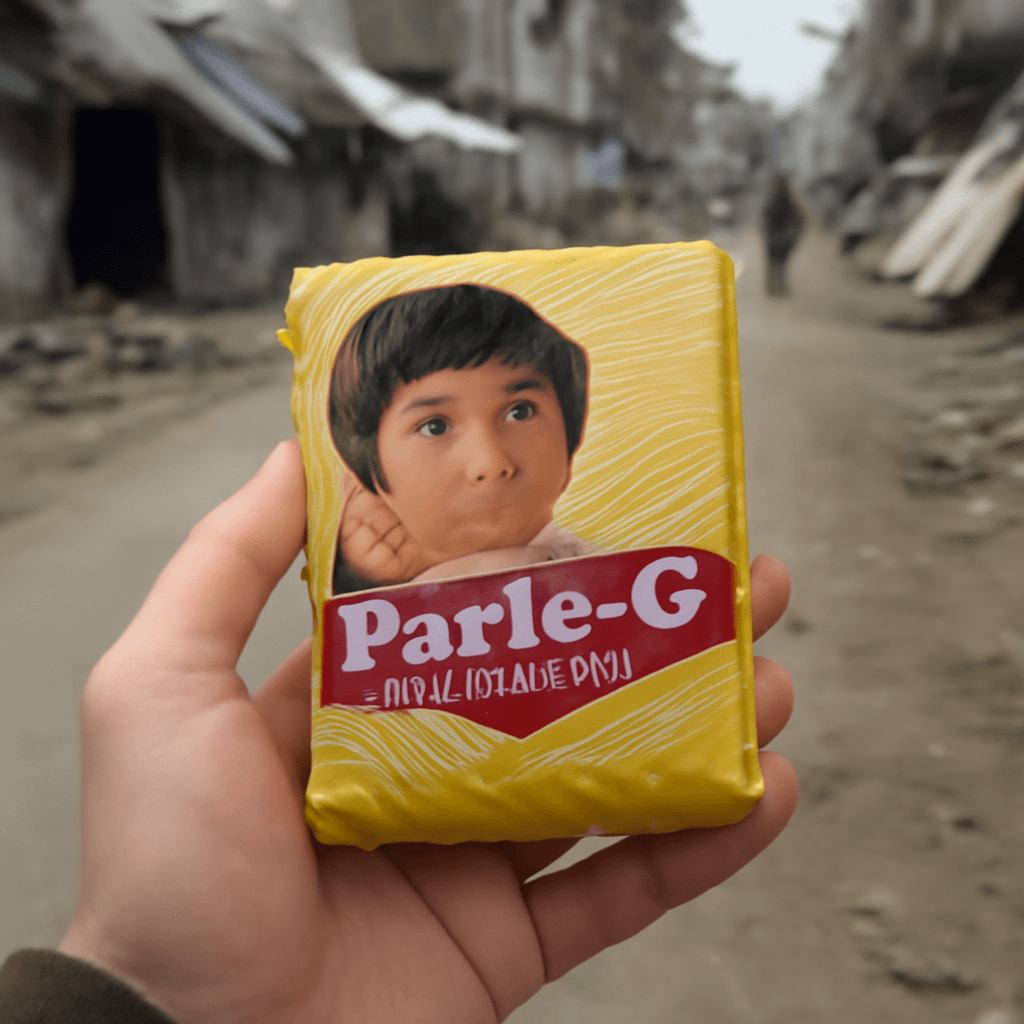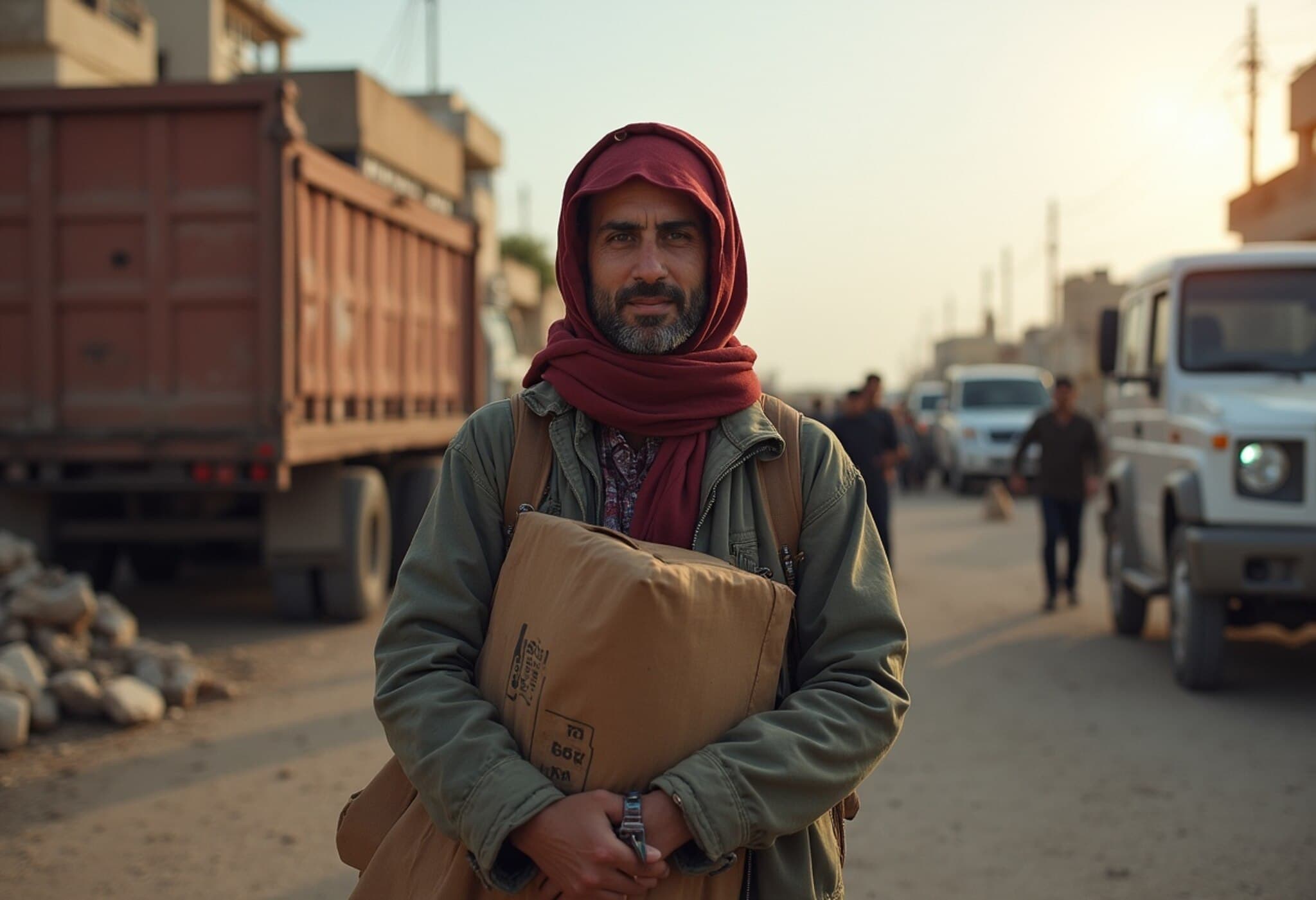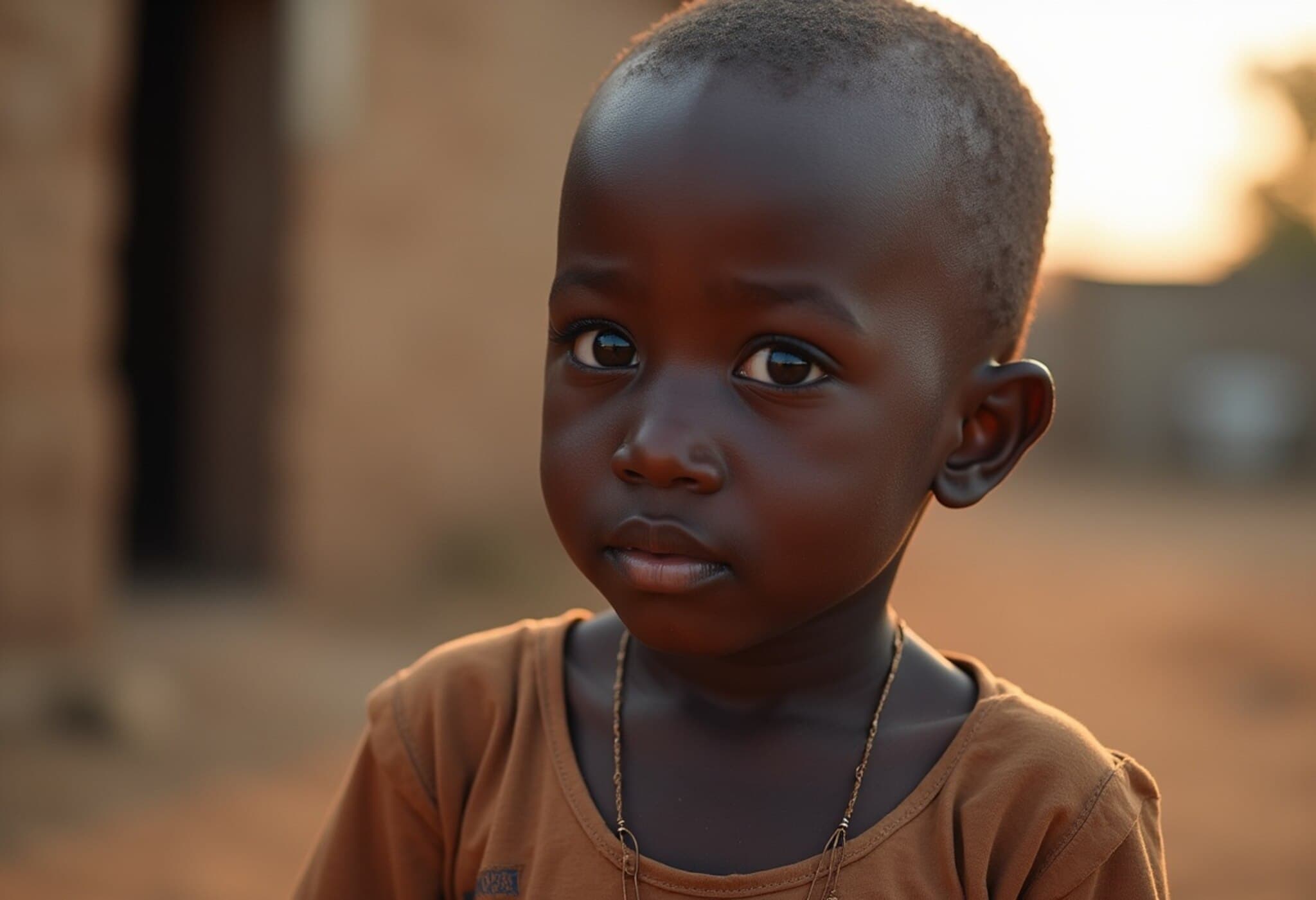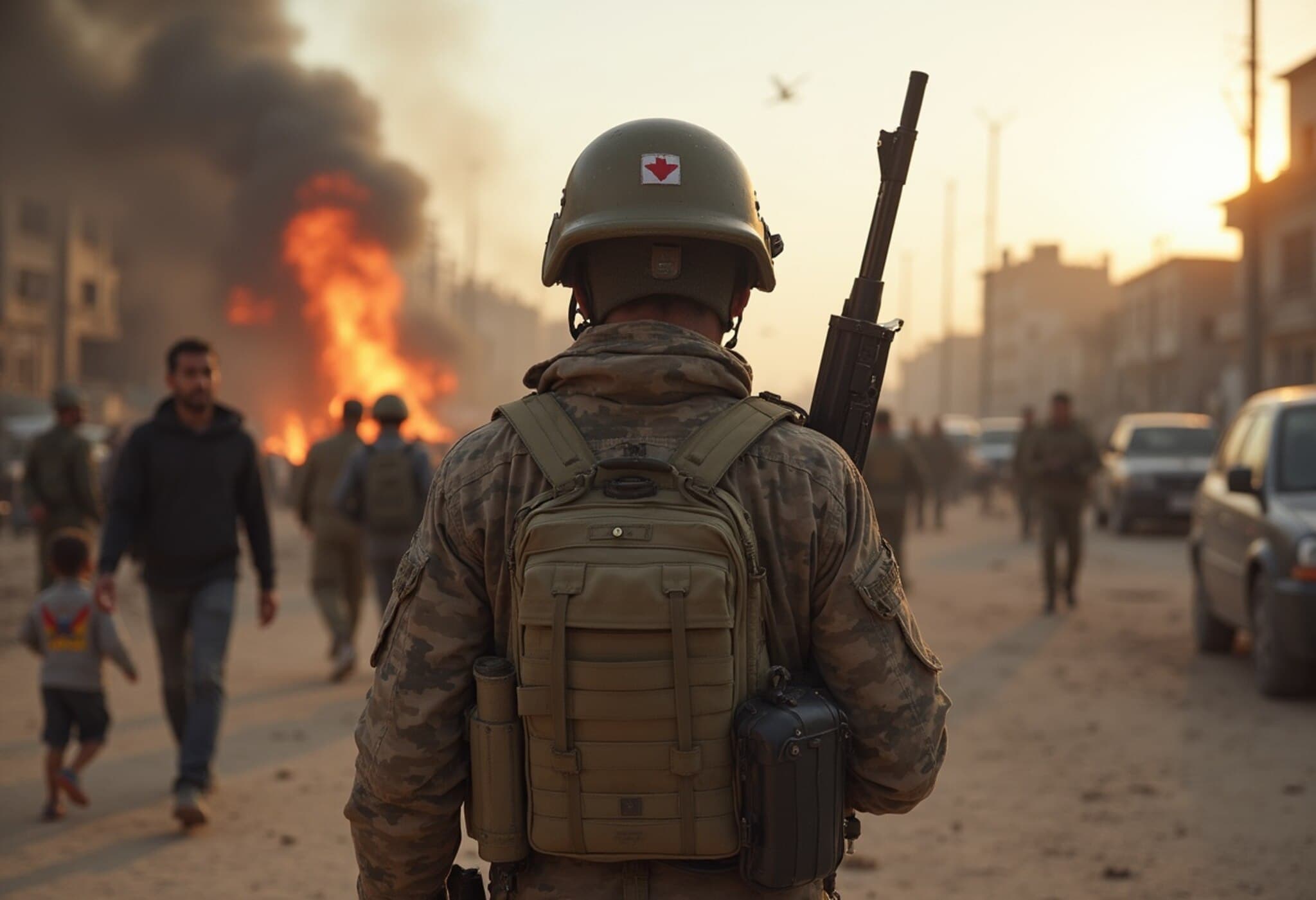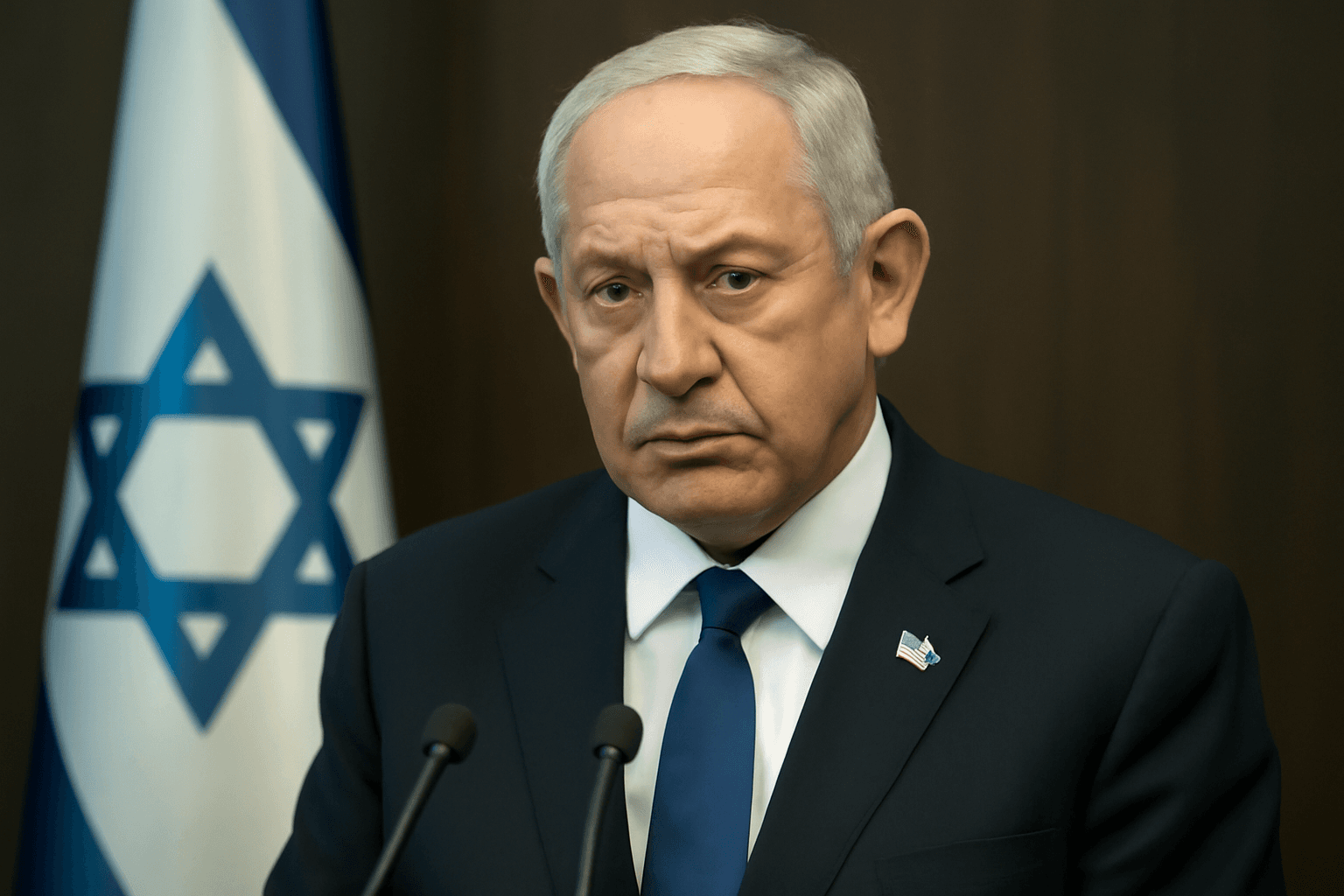Children in Gaza Face Grim Reality as Starvation Spreads
In the besieged Gaza Strip, thousands of children are suffering from acute malnutrition, with heartbreaking testimonies revealing the devastating impact of a humanitarian crisis spiraling out of control. Over the past weeks, the plight of infants and young children, like three-month-old Baraa, has shed light on the harsh conditions within one of the world's most densely populated conflict zones.
Numbers Tell a Grim Story
- 2,382 Palestinians killed — with more than 8,000 injured between July 1 and 20, according to the UN.
- 119 deaths daily on average — marking the highest casualty rate since June 2024.
- 19 deaths from starvation in a single day — mostly children, as reported by physicians on the ground.
- 9% of Gaza’s pre-war population — now either killed or wounded, with over 59,000 lives lost and 140,000 injured.
Source: ReliefWeb (UN OCHA)
Voices from the Frontline: The Human Faces Behind the Statistics
Baraa’s mother, Randa, shares a mother’s anguish: “I can no longer breastfeed because I hardly eat myself. There is no infant formula anywhere, so I give powdered milk from food aid, even though it is not suitable for her age.” Her desperation echoes a wider systemic failure to provide adequate nutritional support in Gaza’s medical facilities.
Meanwhile, eight-year-old Maryam Dawas battles severe malnutrition. Her mother, Madlala, recounts the relentless struggle: “Even after hospital treatments, Maryam relapses due to lack of food. She can't walk and often asks me why. It’s heartbreaking.”
Expert Insights: The Crisis Deepens
Clinical nutrition specialist Suzan Mohammad Ma’rouf highlights the acute shortage of formula milk and the impact on vulnerable populations. “Approximately 250 to 300 malnutrition cases are seen daily. Mothers themselves suffer malnutrition, reducing the possibility of breastfeeding, and formula milk supplies are critically low,” she explains.
This shortage not only endangers infants but also pregnant women and breastfeeding mothers, compounding the risks to Gaza’s youngest inhabitants.
International Aid: Insufficient and Restricted
A coalition of over 100 aid and human rights organizations, including Doctors Without Borders, Oxfam, and Save the Children, warn of a rapidly expanding famine. Only about 28 humanitarian aid trucks enter Gaza daily — a fraction of the 600 required to adequately feed 2 million people.
Israel denies deliberately blocking supplies, insisting no famine currently exists, though acknowledging stabilization efforts are necessary. Yet, Palestinian authorities report multiple deaths from starvation within just 48 hours, emphasizing the urgency of aid access.
The Broader Context: Political and Humanitarian Challenges
The blockade and ongoing conflict have created a complex environment where food, medicine, and essential supplies are painfully scarce. The Gaza Health Foundation (GHF) operates only four fixed aid distribution centers along the 41-kilometer strip. Tragically, over 1,000 people have reportedly died while trying to access food at these centers.
Experts note that this is not merely a crisis of food scarcity but a convergence of political conflict, restricted access, and infrastructural collapse. The international community faces growing pressure to negotiate access corridors and intensify relief efforts to halt this humanitarian catastrophe.
Looking Ahead: Urgent Calls for Global Action
The escalating malnutrition and starvation rates among Gaza’s children should serve as a clarion call. Policymakers and humanitarian organizations must prioritize unimpeded aid delivery and work toward sustainable solutions for the civilian population caught in the crossfire.
Failing to address these fundamental needs risks irreversible damage to Gaza’s future generation, with lifelong health consequences and fracturing social fabrics that will challenge regional stability.
Key Questions Moving Forward
- How can international actors ensure a steady flow of life-saving supplies into Gaza amid ongoing hostilities?
- What mechanisms can protect civilians seeking aid from violence?
- How might longer-term solutions address Gaza’s chronic infrastructure and resource vulnerabilities?
Editor's Note
The heartbreaking stories of Baraa, Maryam, and countless other children highlight a critical but often overlooked dimension of conflict — the devastating human cost of starvation on innocent civilians. While international rhetoric debates political claims, urgent humanitarian gaps widen. This crisis underscores how interconnected conflict, blockade, and aid access are in shaping life and death outcomes. As readers and global citizens, reflecting on these narratives challenges us to advocate for policies that prioritize humanity over politics.

